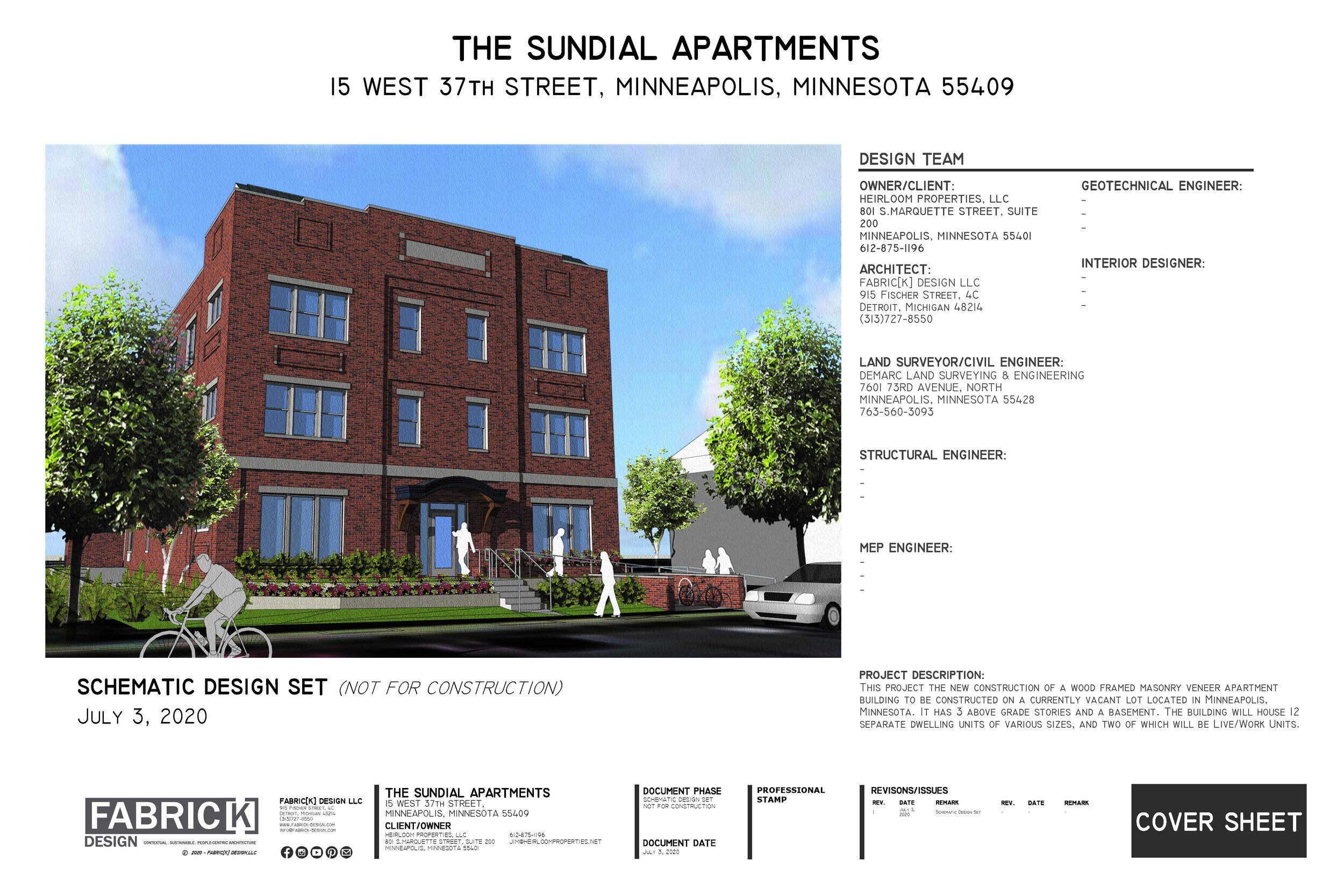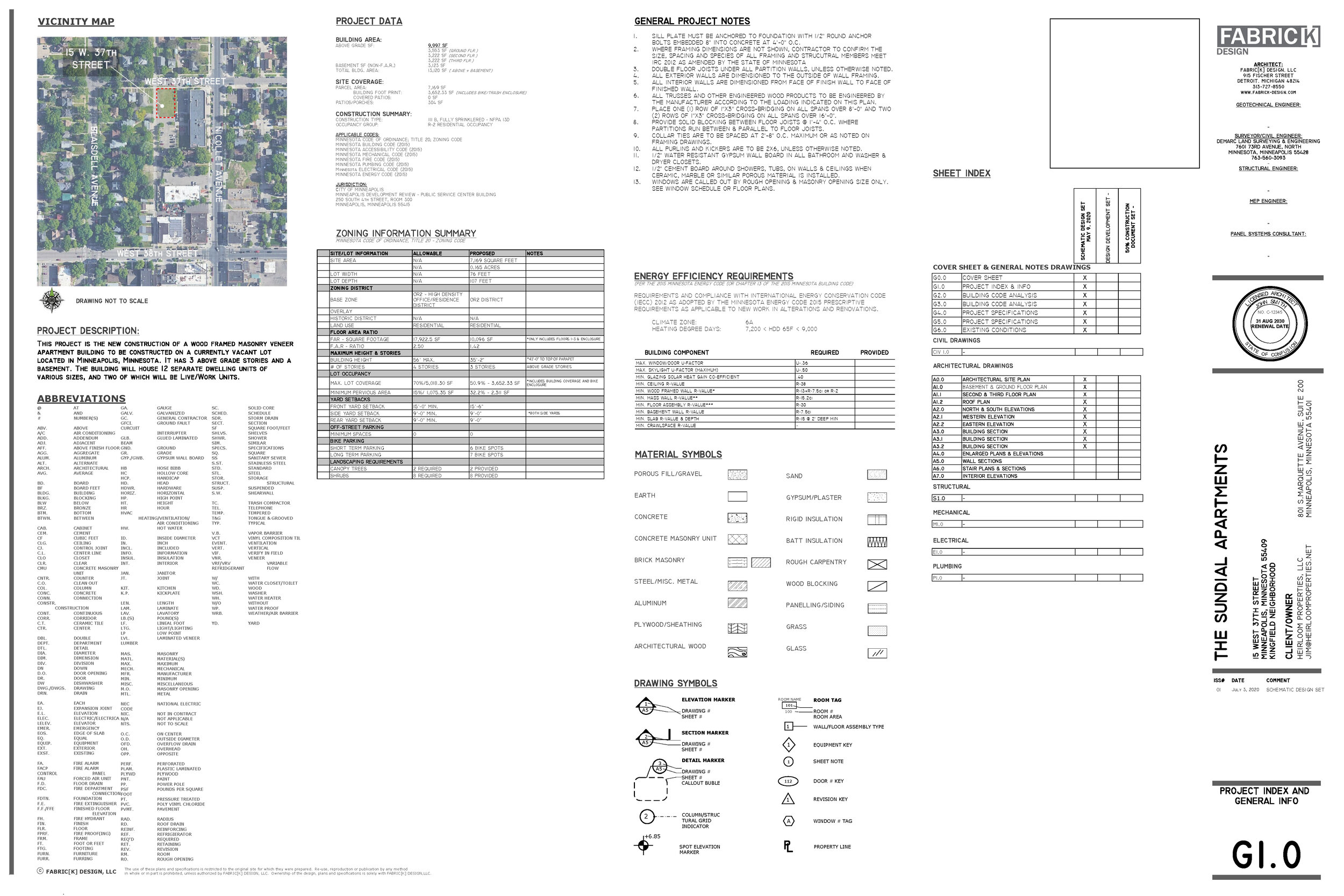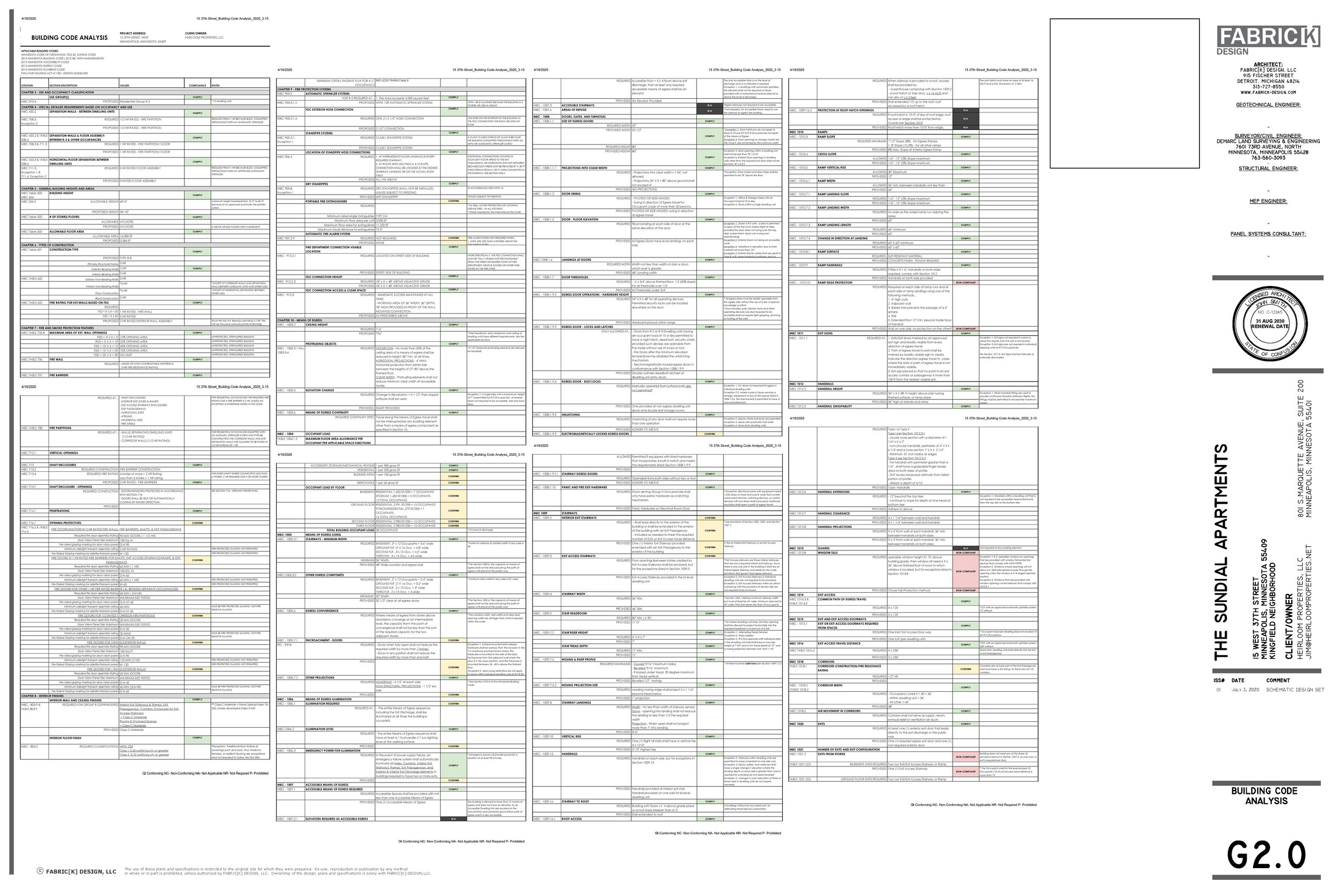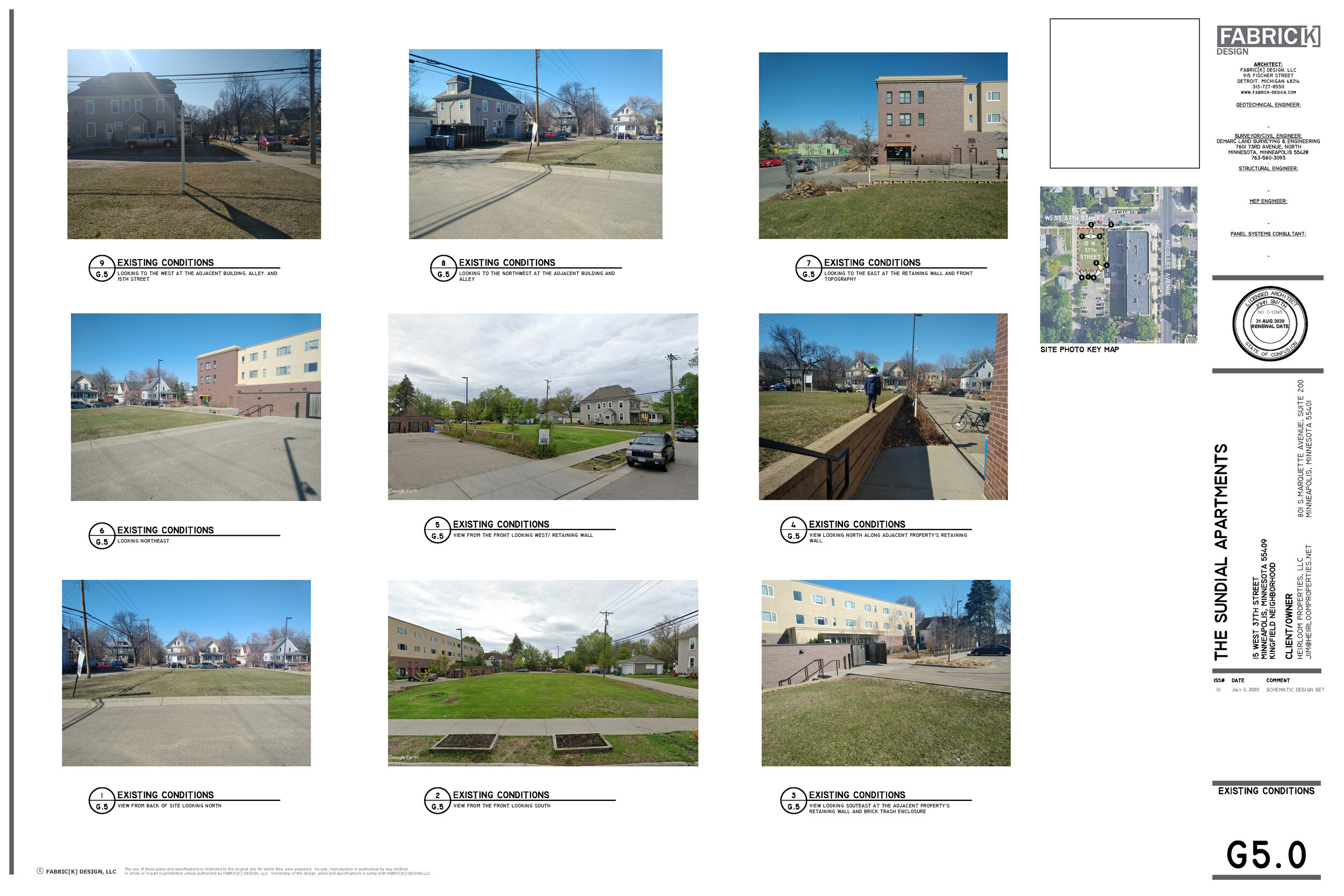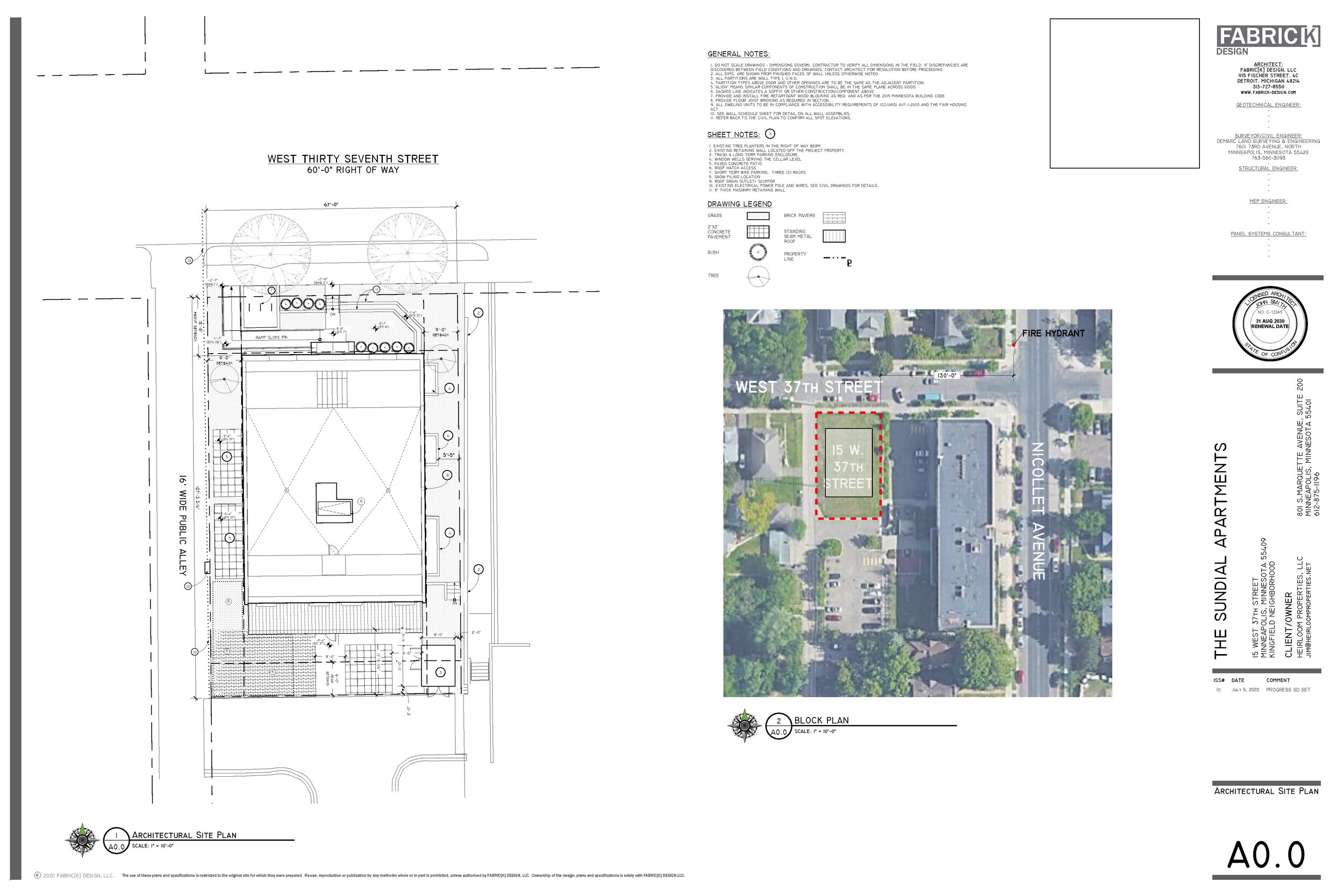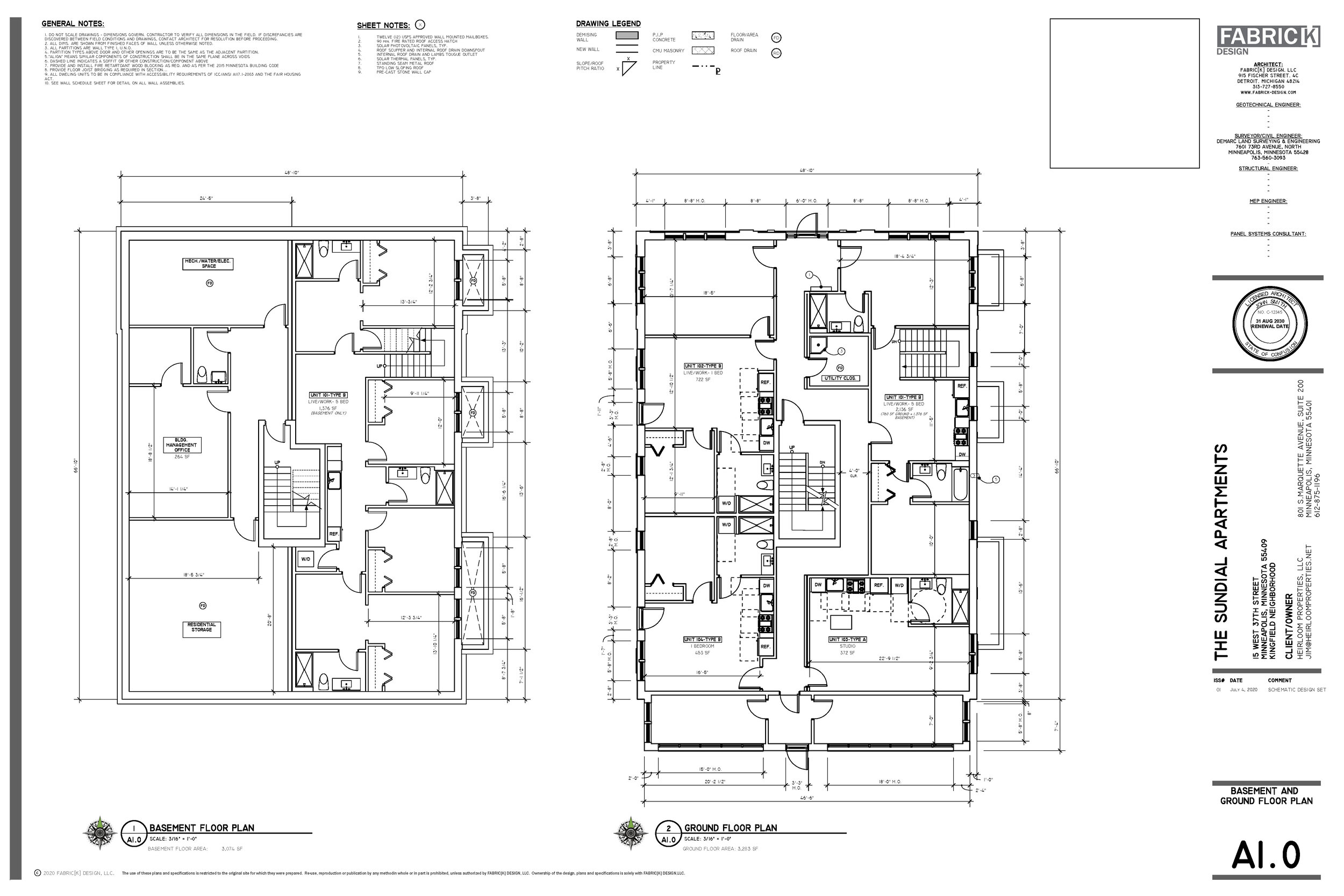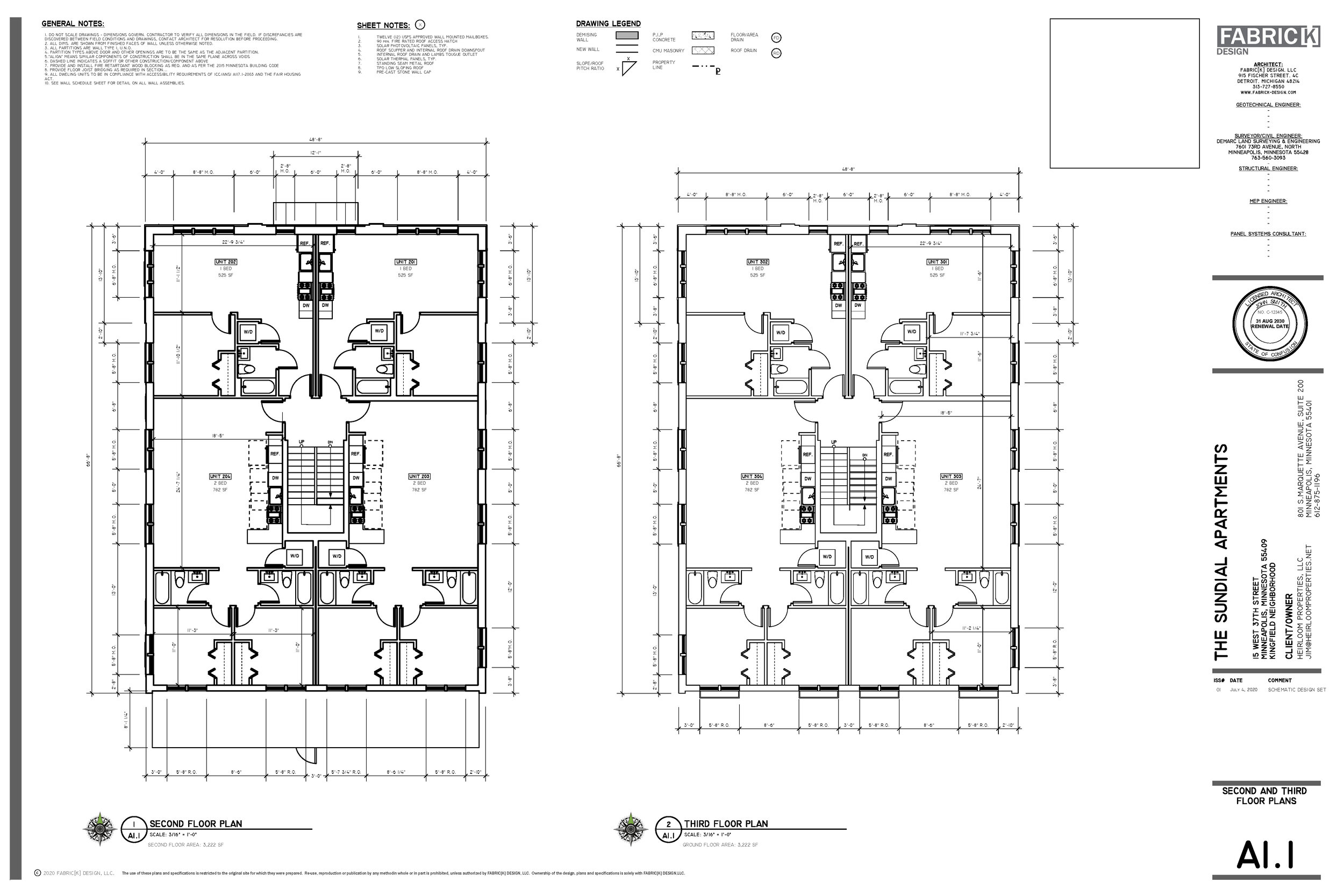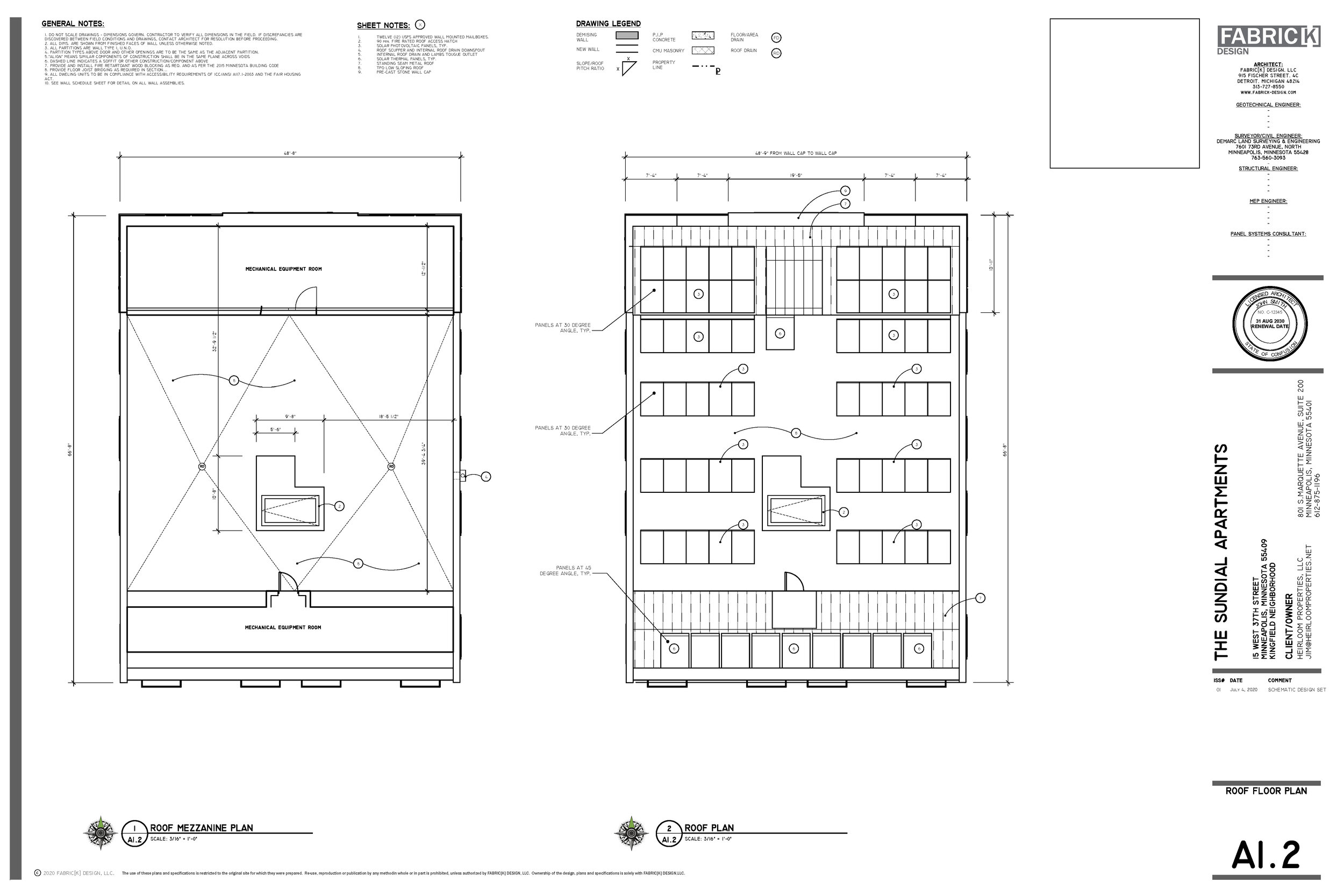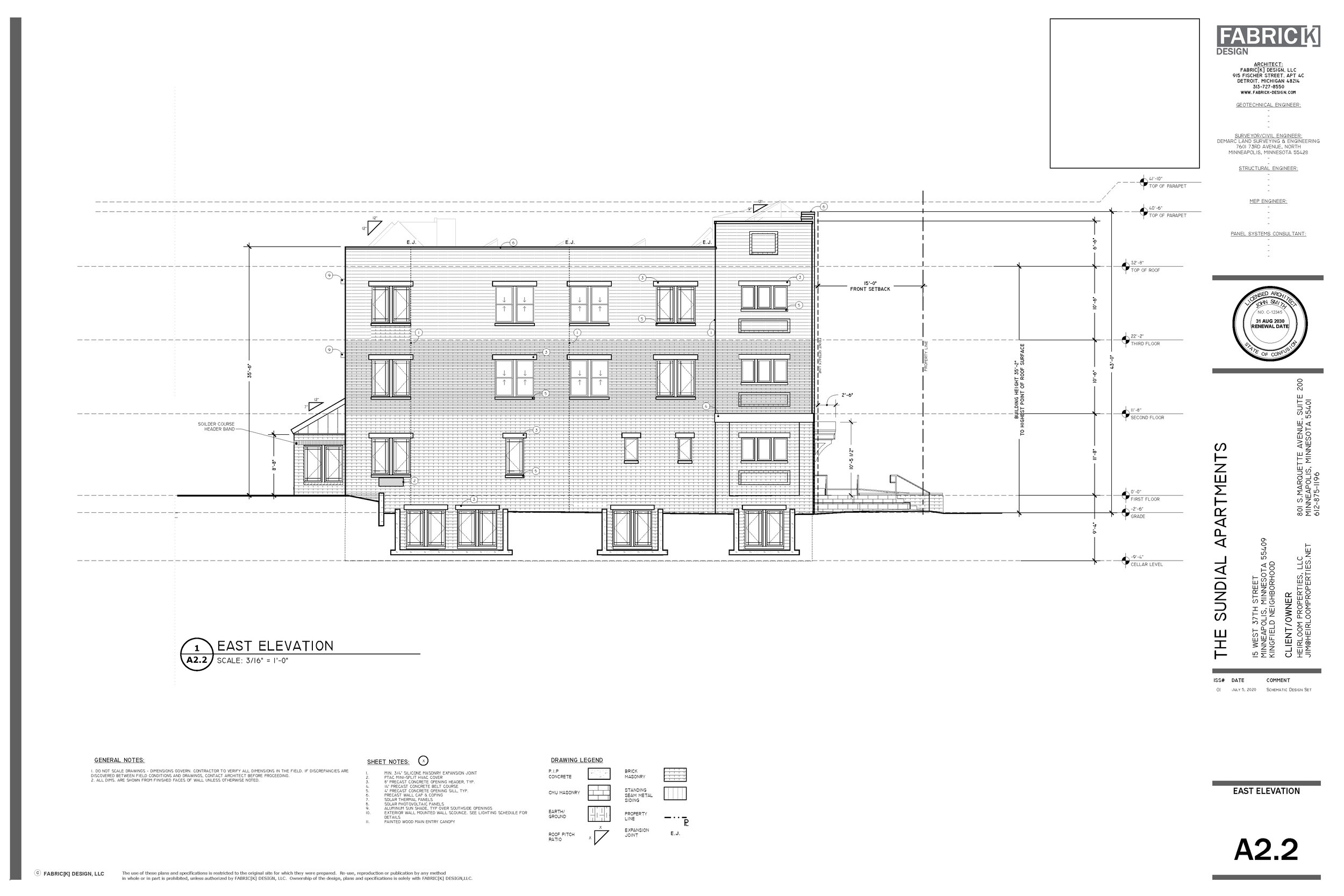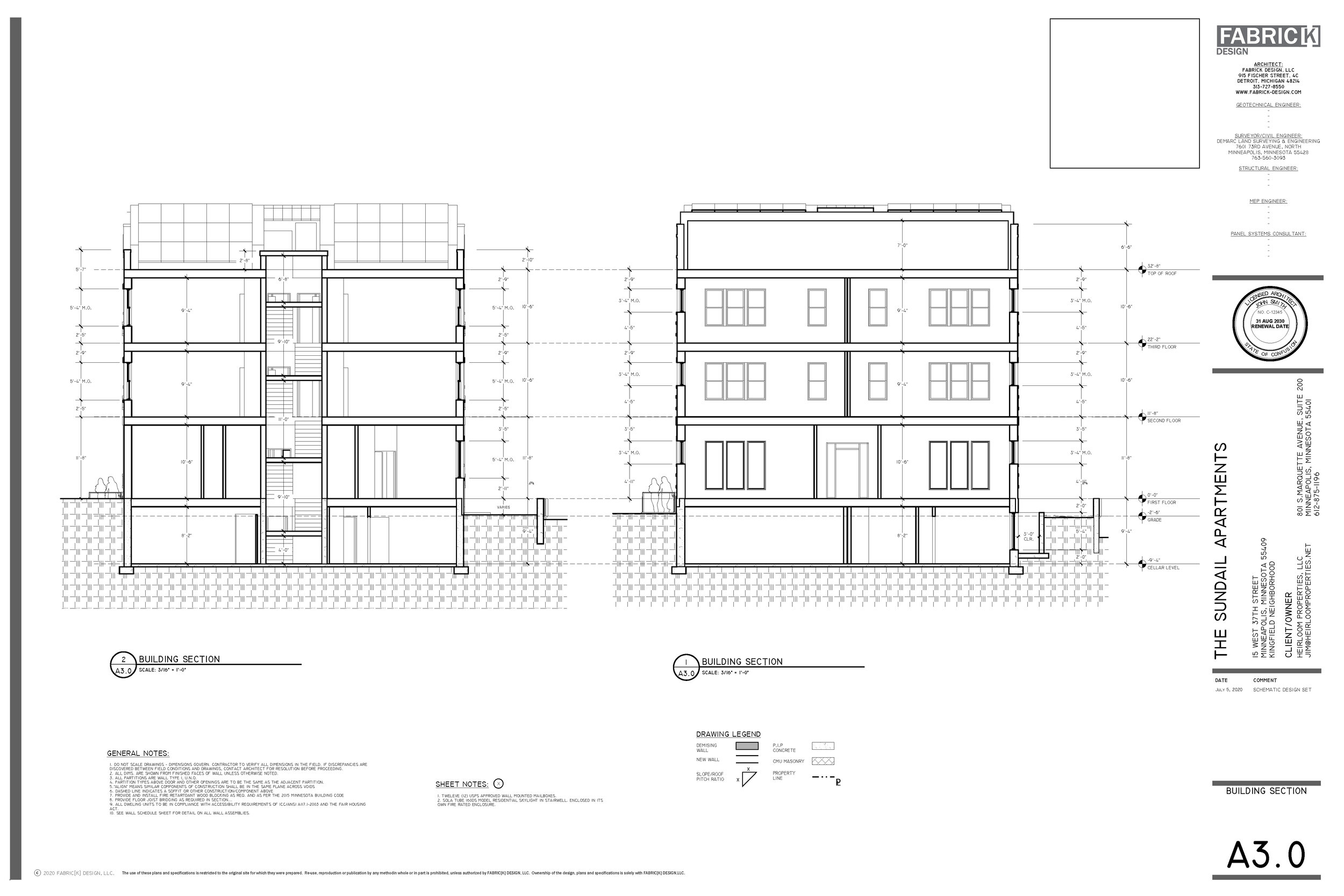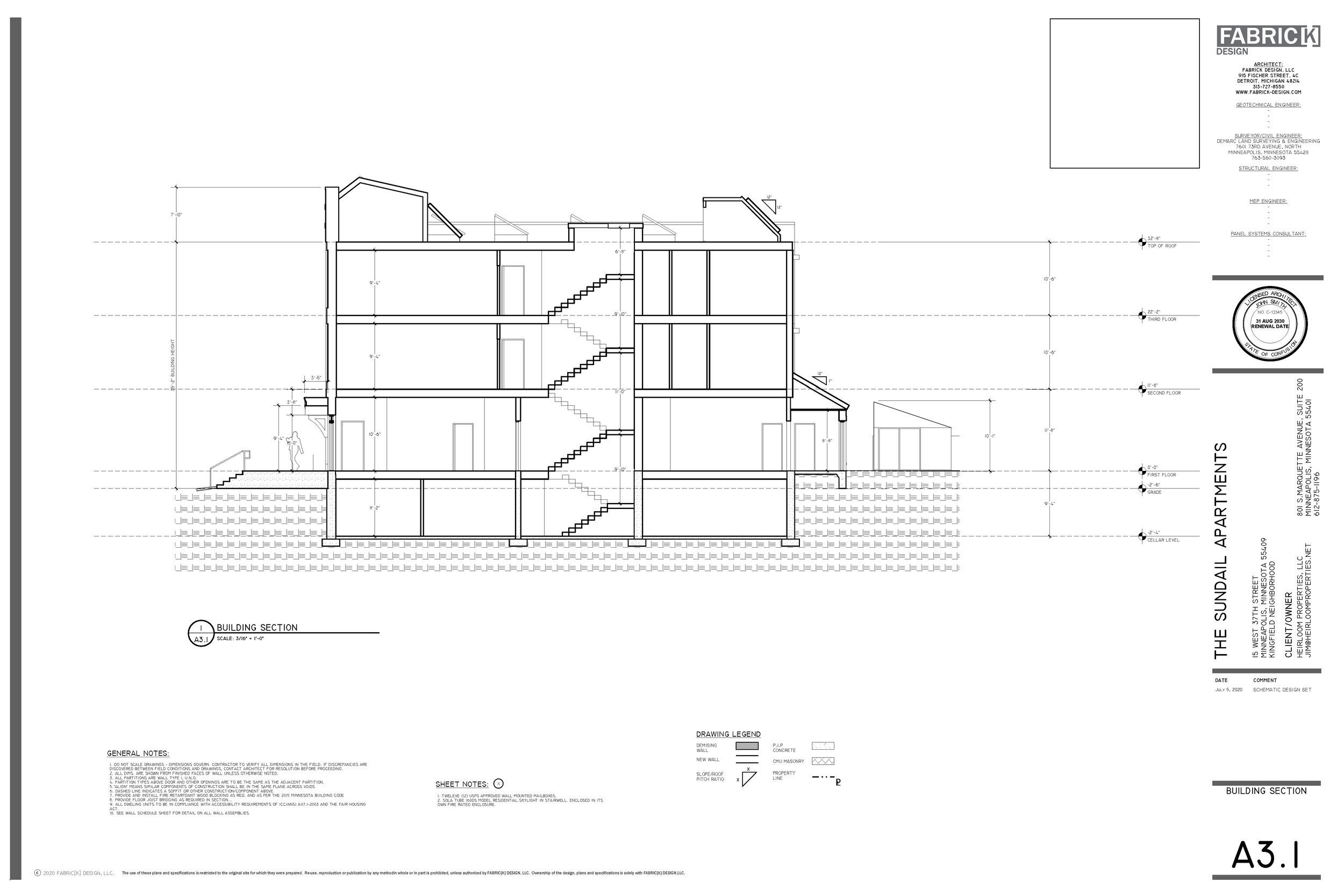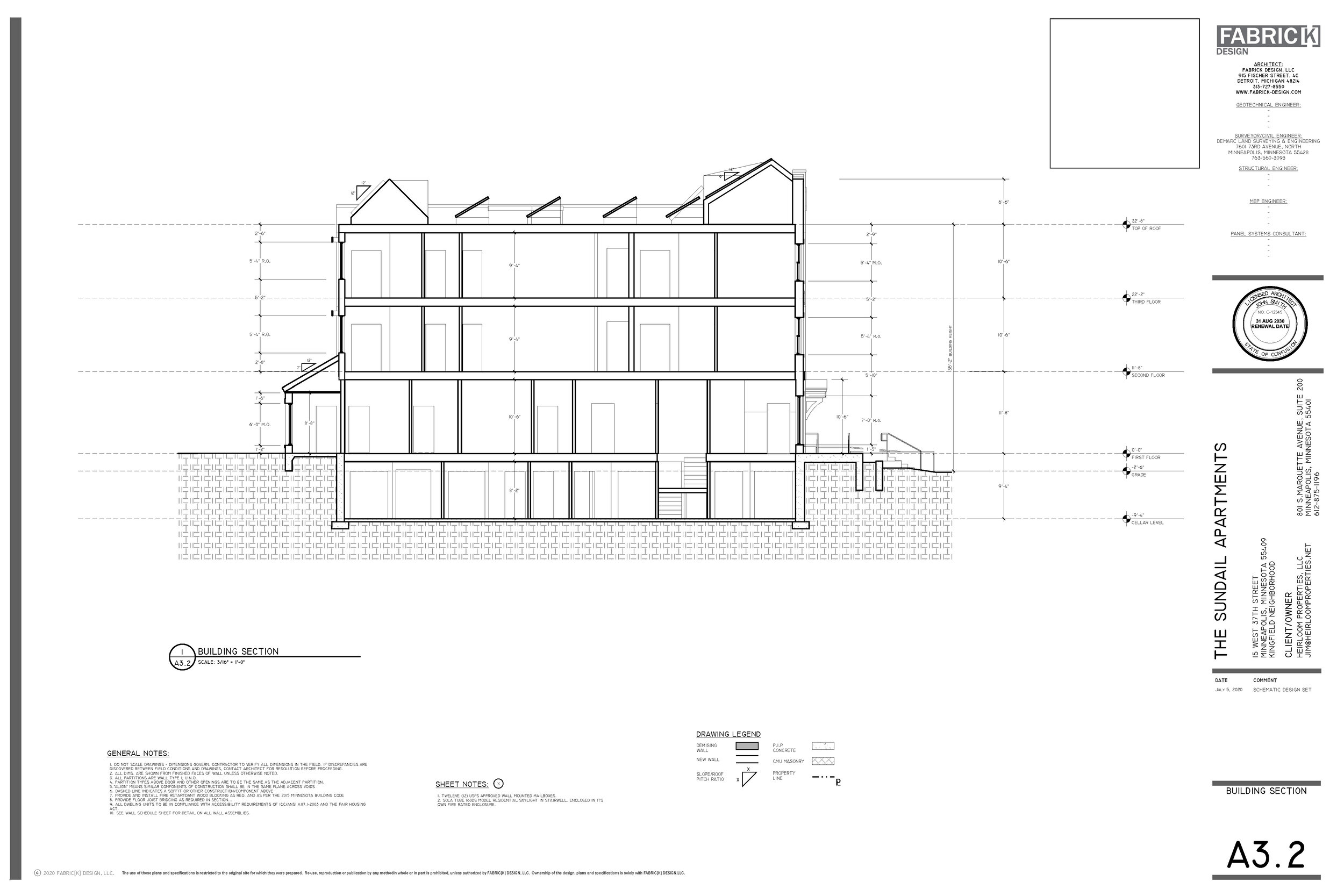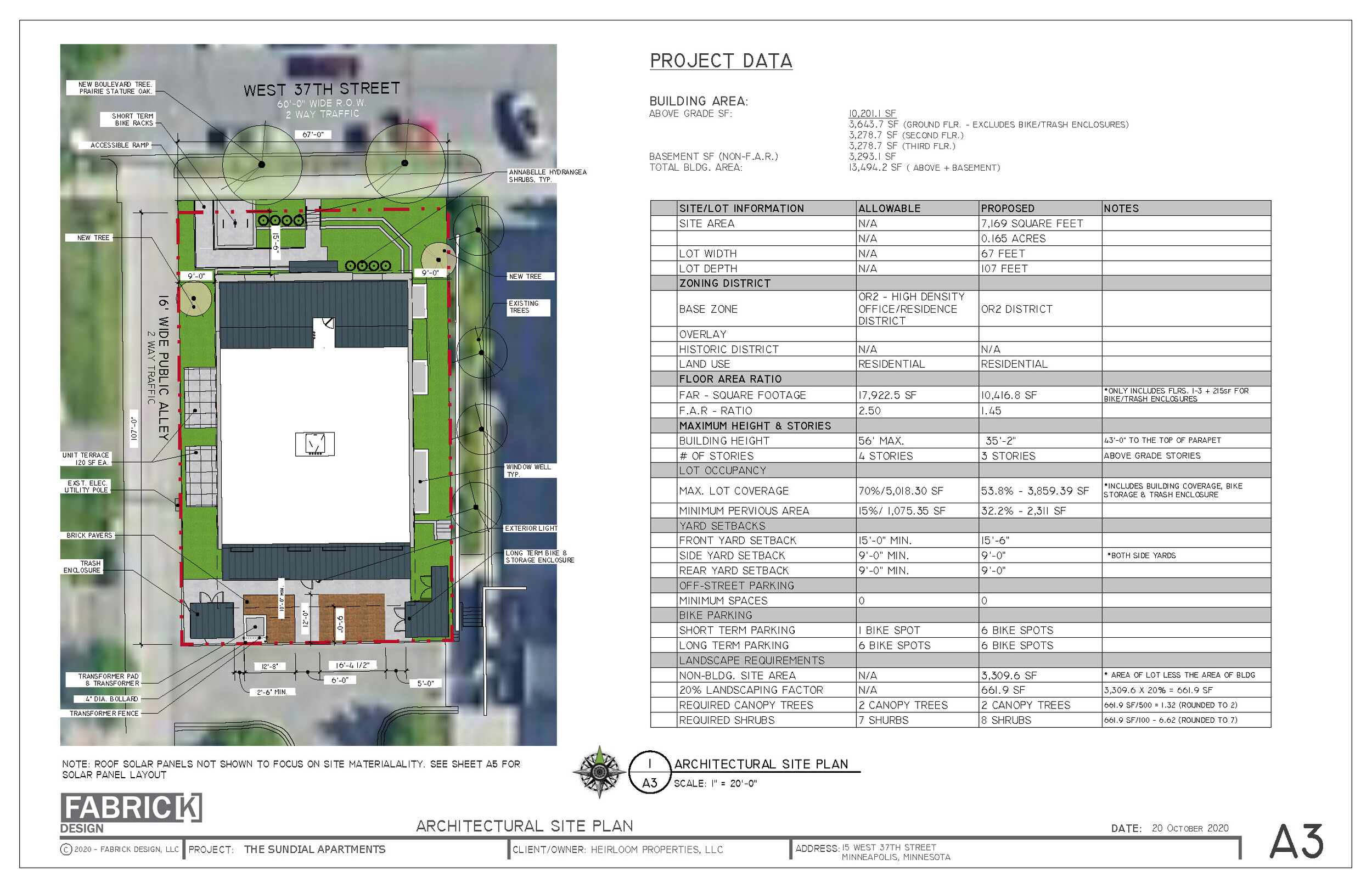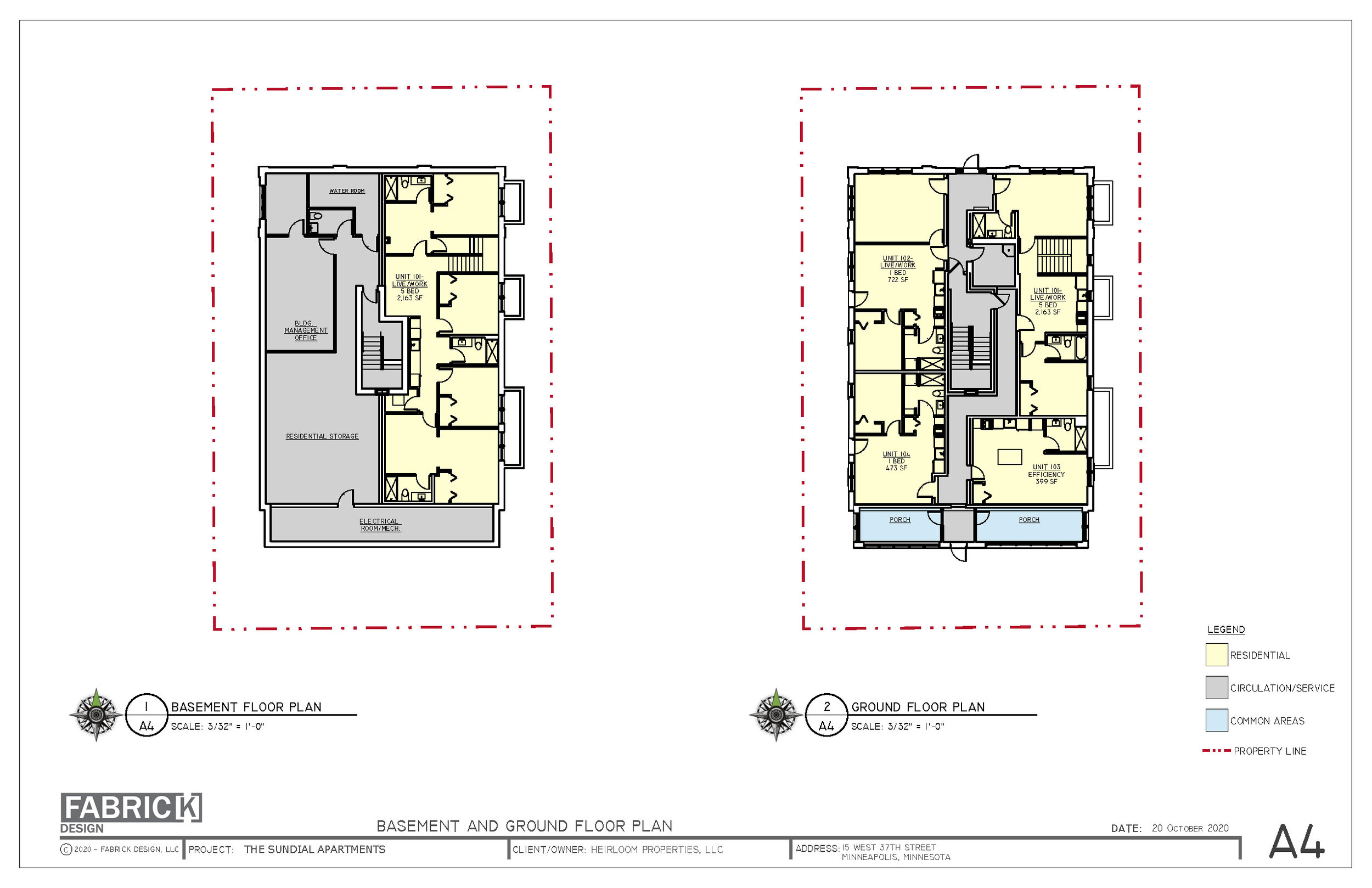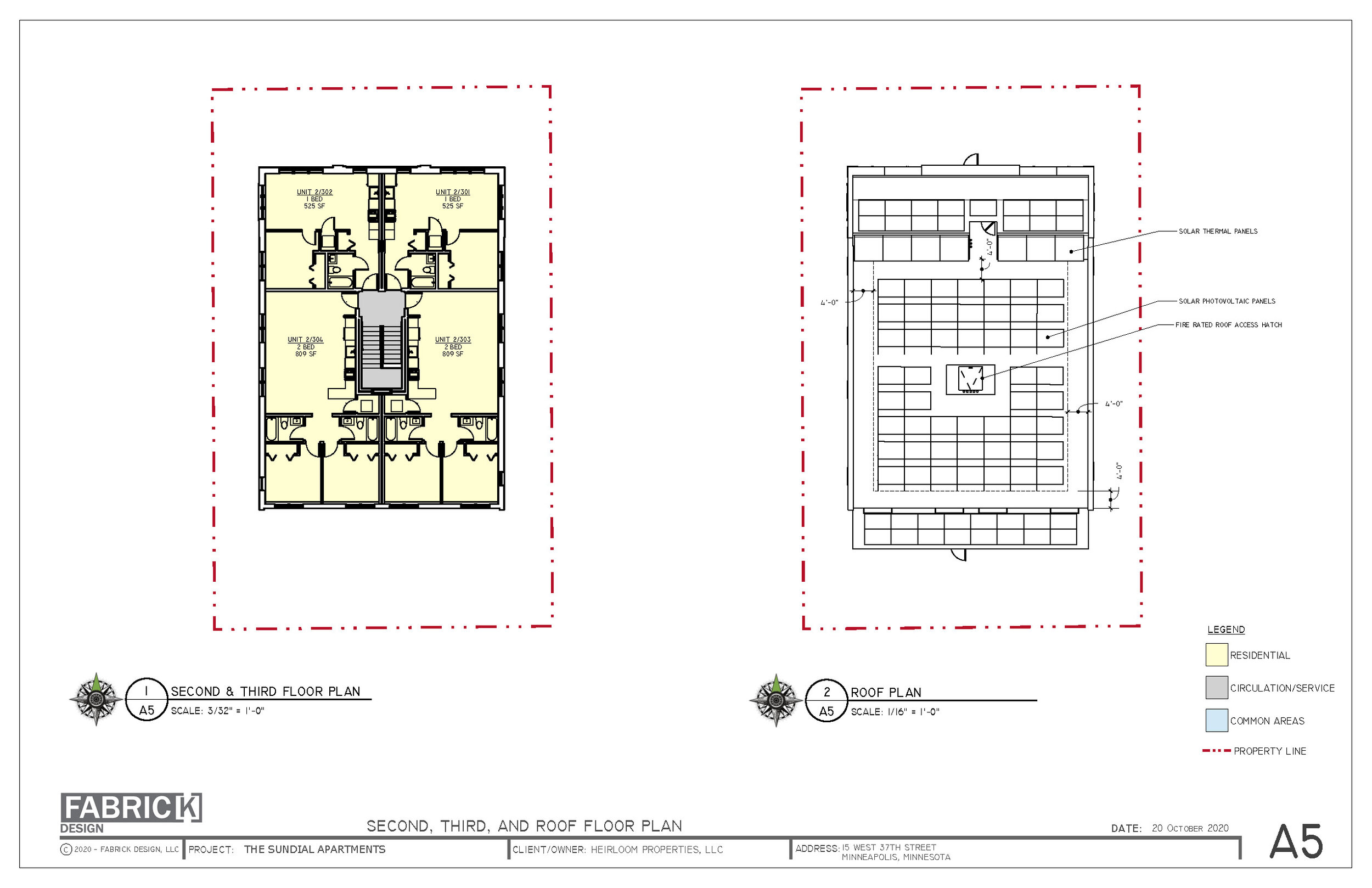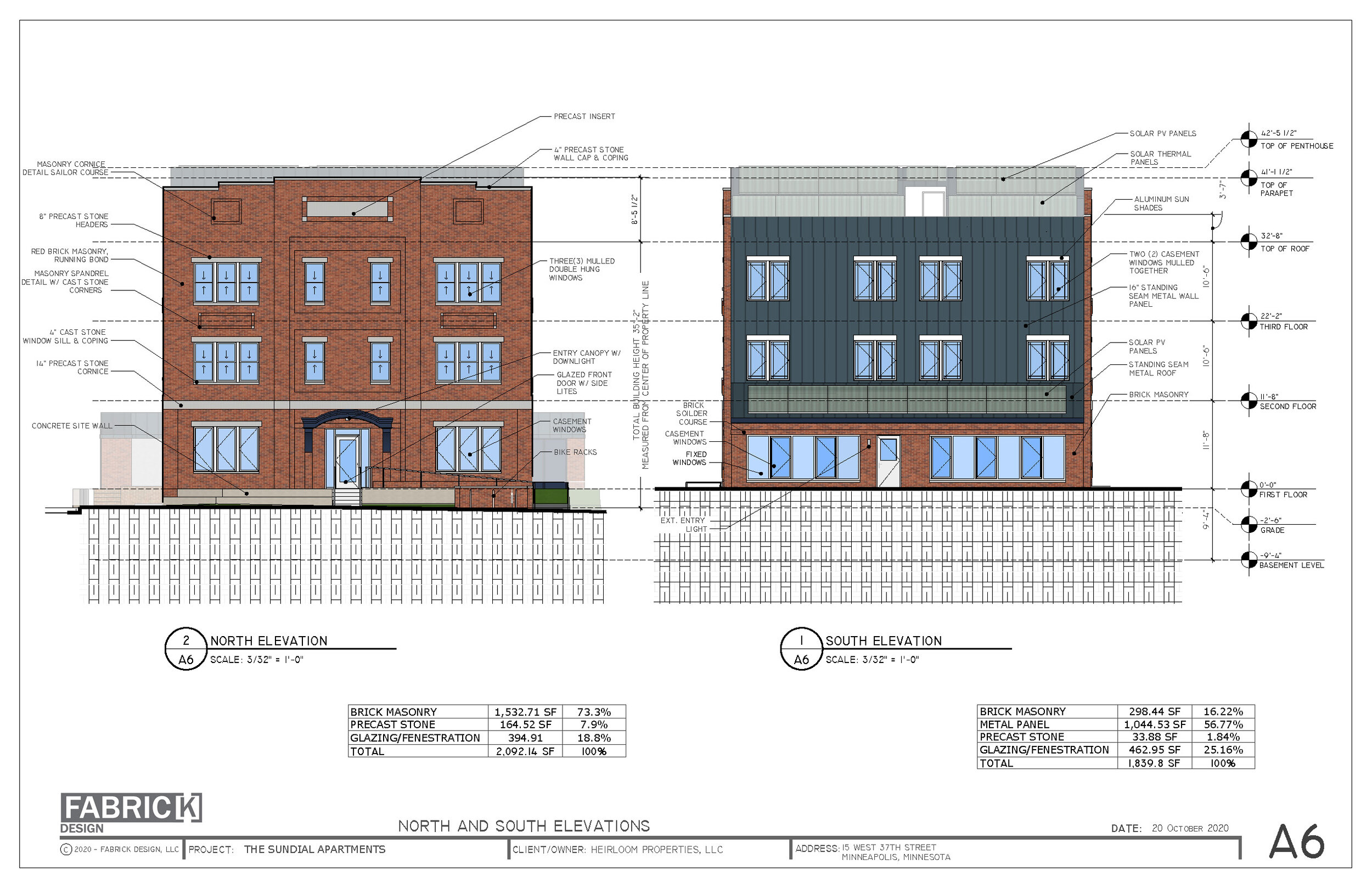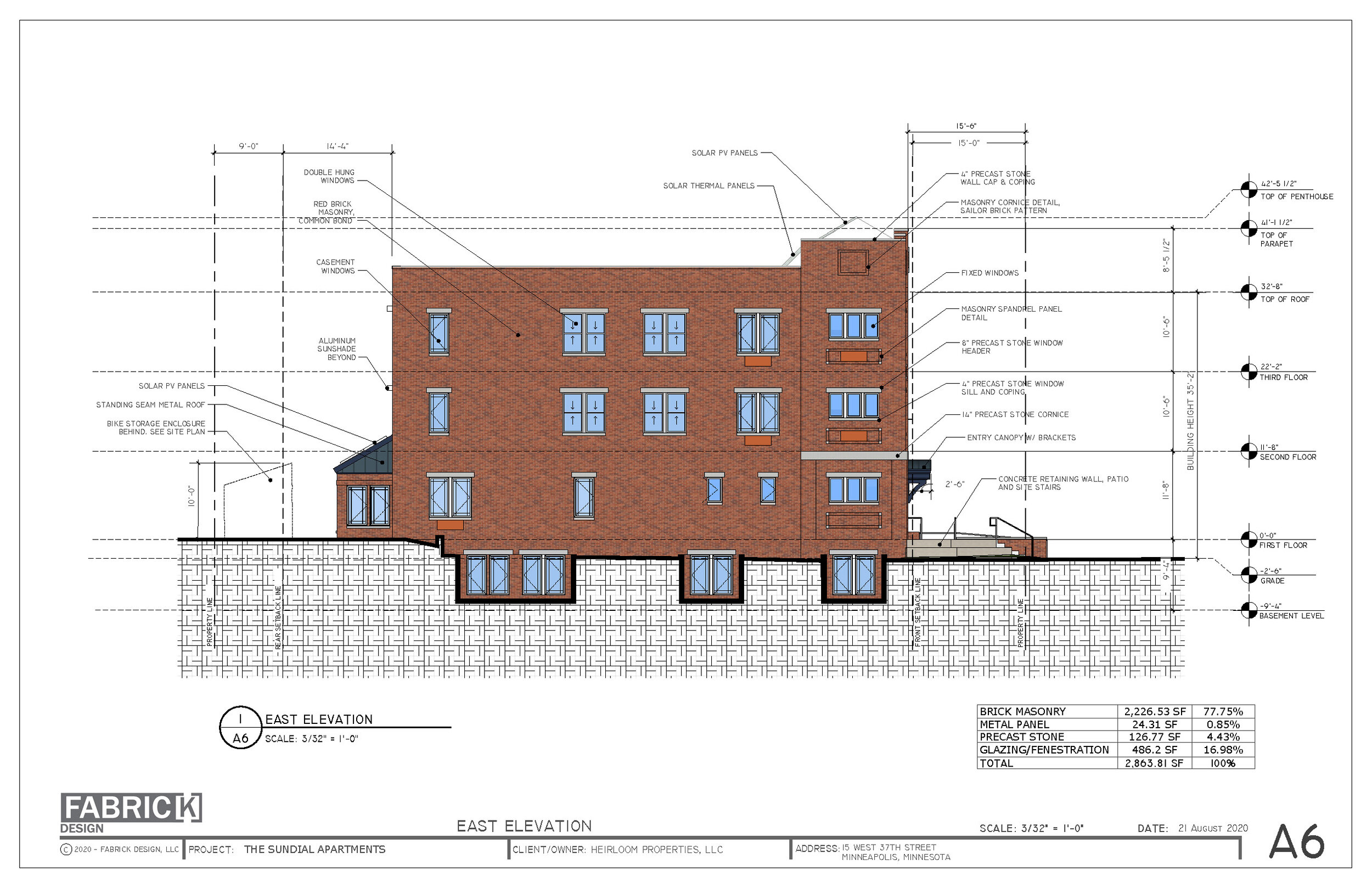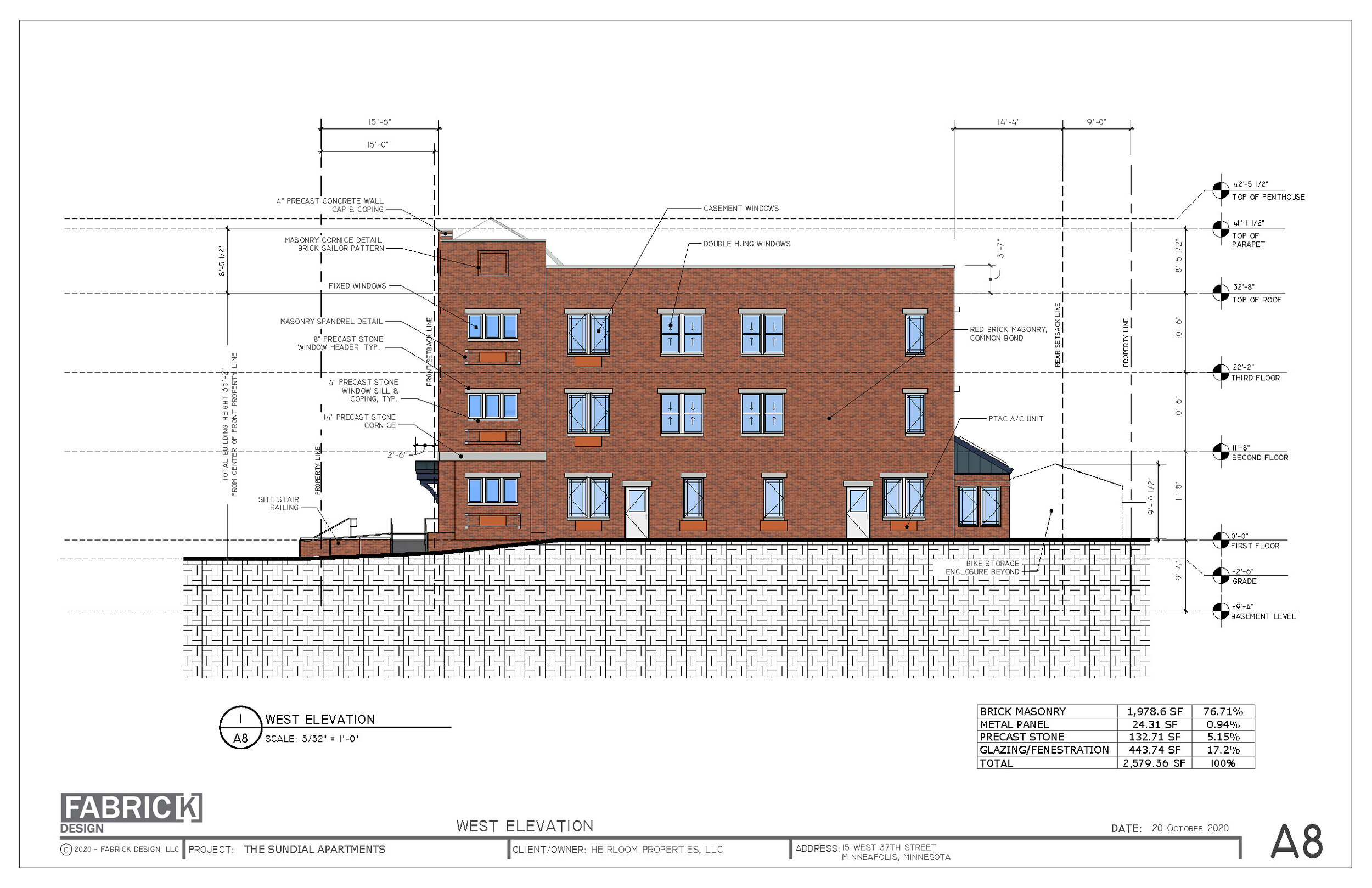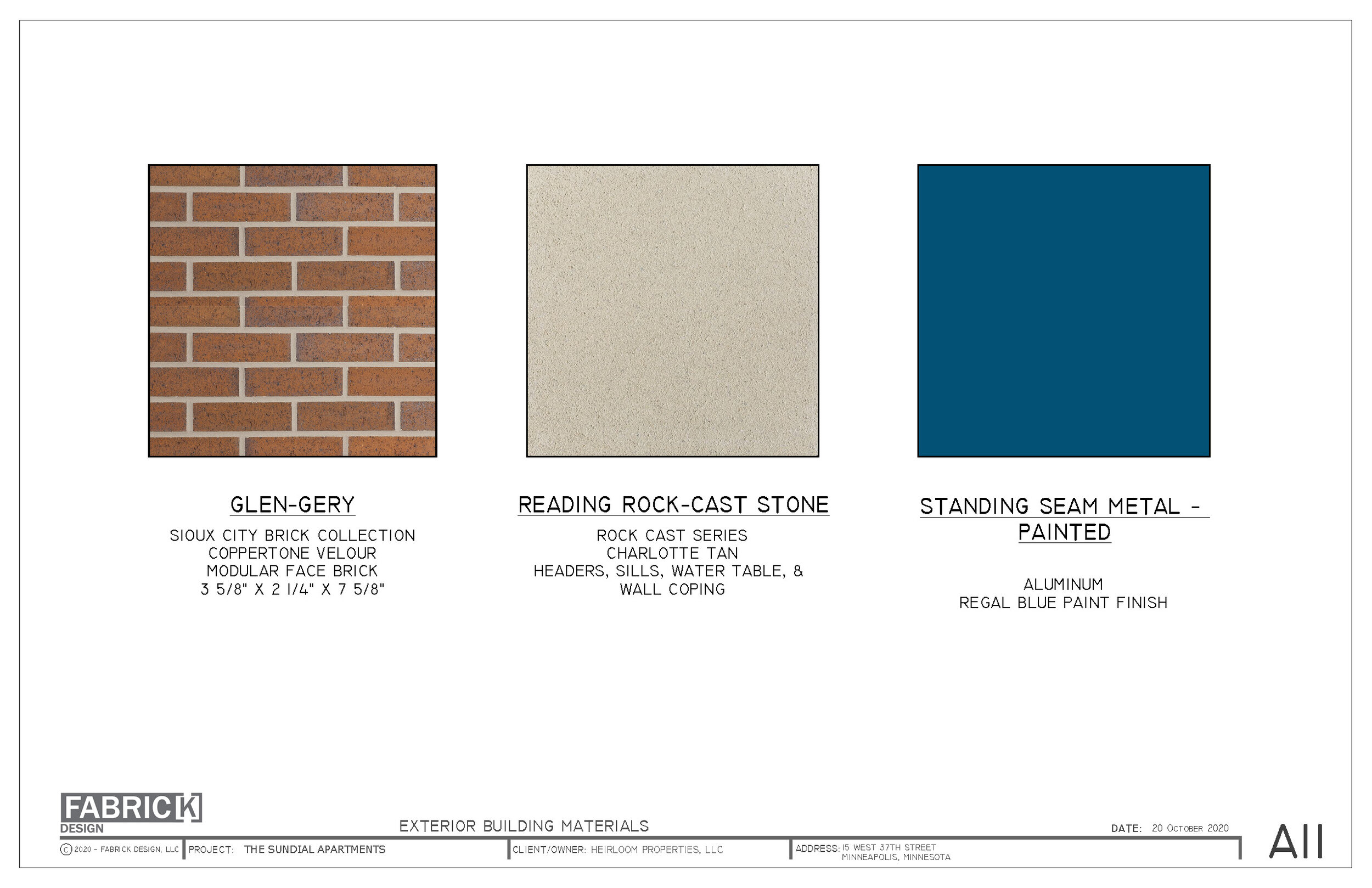Schematic Design with Fabric[K]
Schematic Design (SD) is the first phase of our architectural process. It’s where the aesthetic feel, spatial flow, and functional utility of the building are set. Schematic Design sets the tone for all decision making in subsequent phases.
What Happens During the Schematic Phase
In SD, Fabric[K] will collect all the technical, environmental, regulatory, functional, & aesthetic information needed to establish the parameters of the project. During these early stages we also survey our Clients to understand their programmatic needs & wants, budget, and define the project schedule.
After this period of analysis the actual building design can begin. Our team works collaboratively with our customers to establish the main design idea and create various potential design scenarios to discover the best solutions. Usually a few rounds of refinement and adjustment are needed to get to a “final’ design solution. The final proposal is presented to The Client for review and approval, after which The Architect proceed to the next phase in design.
In the Schematic Phase the Fabric[K] is looking to establish the following elements of your project…,
The boundary of the site/parcel. Ground conditions & quality of the soil.
The location and condition of all necessary public and private service utilities ( water, gas, sanitary, digital/voice, electrical, etc.)
The location & orientation of the building on the property
General site design. Organization of basic landscape elements. (Not landscape design. That’s something different)
A functional and code compliant floor plan(s). A spatial organization & sequence that includes all necessary rooms & spaces.
An exterior building material palette.
A door and window pattern
The general structure of the building
The general location of all MAJOR equipment
A narrative around how heating & cooling, electrical, plumbing and sanitary services will be provided to the building.
Who are the Players During the Schematic Design Phase
The Architect, The Client/Owner, & The Civil Engineer/Land Surveyor are the primary players during the Schematic Design Phase. A licensed civil engineer and/or land surveyor will establish the legal boundaries of the property, identify existing utilities, and create topographic maps if needed. Civil Engineering and Land Surveying are usually the responsibility of The Customer/Owner/Client as these services have legal implications to their property. Fabric[K] Design will coordinate with this consultant. Land surveying sets the stage for the Architect’s work. In addition to defining parameters for the building’s function, The Client/Owner is also responsible for defining a budget for the project and assisting The Architect in defining a reasonable project schedule.
Depending on the type of project it maybe necessary for The Client to contract with a Geo-Technical Engineer (to define the quality of the property’s soil conditions), a Zoning Attorney (for parcels that need special variances or new property lines), or a Construction Manager (for preliminary cost estimates). Standard speciality engineers like M.E.P & Structural Engineers will weigh in during this phase. However the bulk of their work will be completed in the next phase of project development.
What’s in a Fabric[K] Schematic Design Drawing Set?
Our process always begins with rough sketches and diagrams that gradually become more refined as we hone in on what will become the main idea of project.
Our Final Schematic Design Drawing sets will always include the following drawings…,
Project Cover Sheet
Project Index & General Information Sheet
Existing Conditions Images (if applicable)
Local Zoning Code Analysis
Building Code Analysis
Architectural Site Plan
Dimensioned Floor Plan(s) for each level
Schematic Architectural Elevations
Schematic Architectural Building Sections
1-3 Architectural Renderings of the Building/Space
There maybe situational instances where additional drawings are needed to complete this phase. But, in all cases at least the above drawings will be included.
To the right is an example of a typical Schematic Design Drawing Set. Will vary by project.
What Can Be Done with a Schematic Design Set
The Schematic Design Set is not to be used for permitting or construction purposes. There is simply not enough information at this point. It is purely for general project planning and design purposes. Although this set is not designed to be used for construction or applying for permits, it does have other highly valuable uses for all players involved in the project.
The SD Set can be used by a capable Builder/Construction Manager to get preliminary cost of construction feed back. The Cost will usually come in a $/SF basis instead of a detail itemized basis.
The SD can be in a Bank Package or a Capital Investor Package to communicate design intent to potential project funders.
It WILL be used by The Architect to communicate design intent and critical coordination points with other project consultants.
The renderings produced during the SD Phase can be used by The Client for marketing and advertising purposes.
The SD set can used to have preliminary & technical reviews with various municipal departments having jurisdiction.
The SD will afford The Customer a visual of how the building will fit and look on the property.
How Much Does Schematic Design Cost in $ and Time?
Basic Fabric[K] services are offered as fixed fees along a sliding scale and based on project type. This fixed fee includes all the standard services provided in each of our four project phases. However, typically the SD phase of the project will represent 20%-25% of that fee and will take anywhere from 1 - 2.5 months to complete. Again this is all dependent on the size and complexity of the project.
Additional Services During Schematic
Sometimes projects can be very straight forward. Other times projects can have certain idiosyncracies that require additional attention outside of The Architect’s standard services. Even still other times, The Client/Customer may simply request other speciality services for whatever reason. This is precisely why nearly all of our services are clear, fixed fee and A La Carte so you - The Customer - can customize your architectural experience with us as needed. We call these additional services ‘ EXTRAS’ and in these cases Fabric[K] will request additional fees which will be attached to any main project services.
Typical ‘EXTRAS’ requested or required during our Schematic Design Phase include but are not limited to the following…,
The example package above was created during SD for our Sundial Apartments project. It was an additional service to prepare for a Planning Review necessary for Zoning Variances being request from the City by our Client.
Existing Building Survey/As-Built Drawings - For addition and renovation projects it will be necessary to measure the existing building or space before beginning any new design work.
Public or Municipal Hearings or Reviews - This includes time & document preparation for events like Historic Review, BZA (Board of Zoning Appeals) Review, Site Plan Review, Environmental Review, Planning Review and other special reviews. These reviews typically require special types of drawings to illustrate certain unique aspects of the project.
Design Changes/Additional Schematic Service - If design changes are requested AFTER a final Schematic Design has been approved or if additional design time is needed to complete the initial Schematic Design.
Landscape Design Services - We will facilitate a landscaping and vegetation plan for the project.
Masterplanning Services - For properties with multiple buildings and buildings to be built in phases we will develop a masterplan to coordinate the overall development.
Additional Renderings - We will provide more project renderings in addition the ones included in our main service.
![Fabric[K] Design](http://images.squarespace-cdn.com/content/v1/5846fe37ff7c5046fc8b98e8/1585703506724-ACFUCZ5FH3AGY64QWIFZ/FabricK-Design_Logo_1500x600_All+Green.png?format=original)
